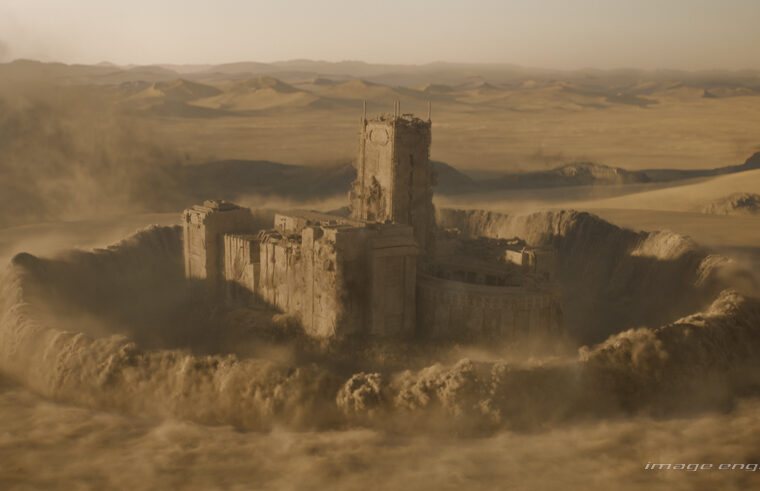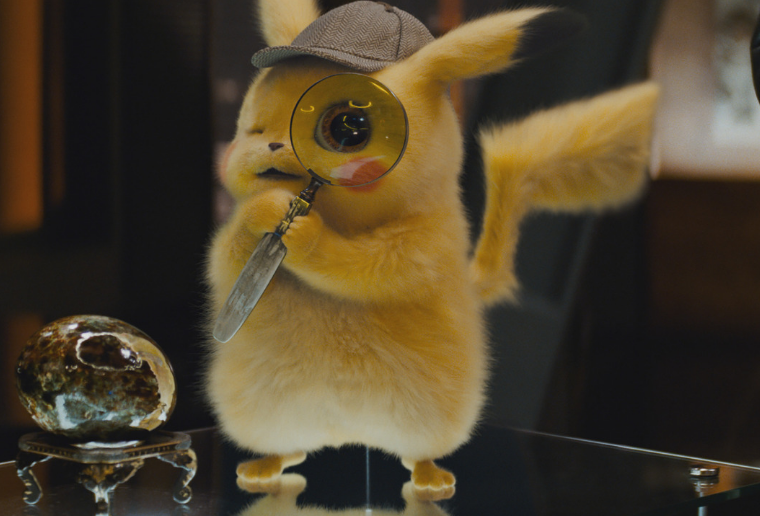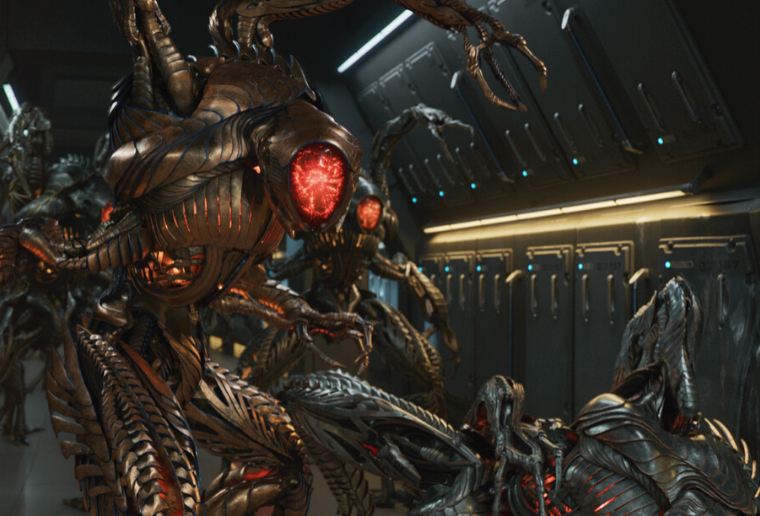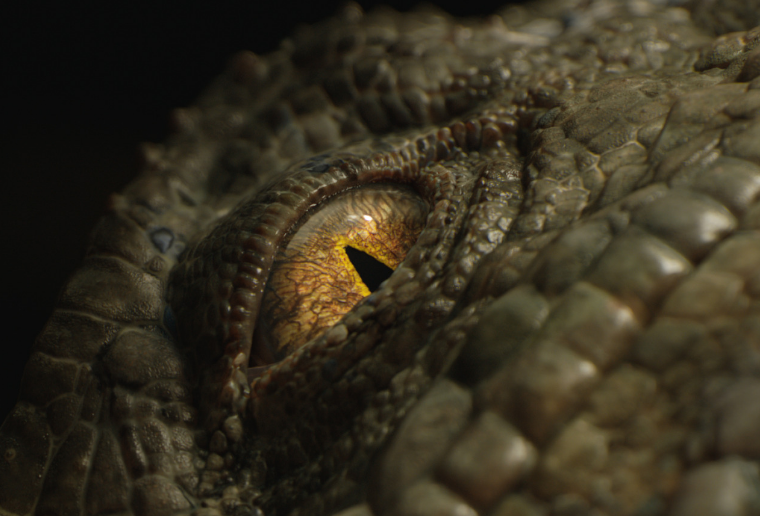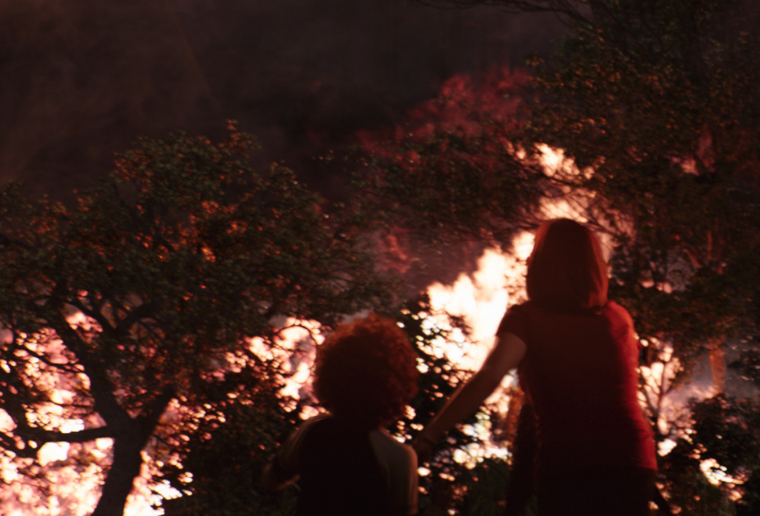Carnival Row Case Study
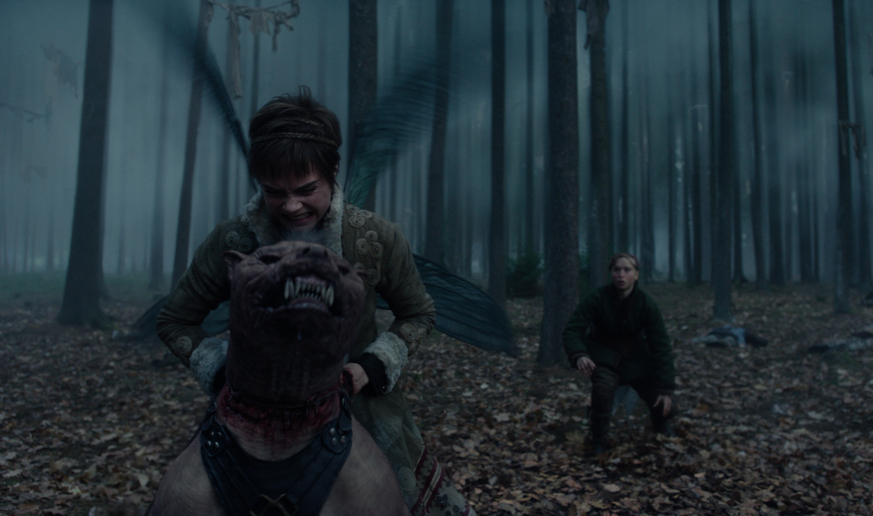
Case Study
Amazon Prime's myth-meets-steampunk Original casts viewers into the alleys of Carnival Row: the seedy underbelly of a fantasy world mired in the much-less fantastical concerns of racism, politics, and dynasty. Beneath the surface runs something even nastier – a dark conspiracy that entangles the lives of immigrant fae Vignette and her half-blood lover Philo. Image Engine stepped into this world to conjure up some murderous magic, from werewolves to Carnival Row's rotting, Lovecraftian golem: the Dark Asher.
If the Brothers Grimm were still with us today, and Amazon commissioned them to write a show, the result may not be unlike Carnival Row.
Amazon Prime’s latest dreams up an alt-Victorian underworld where humans coexist uneasily with winged fairies, horned pucks, and all variety of imps, sprites and fauns. A cultural divide drives these two factions apart, like a wound that refuses to heal. Societal tensions (and political allegories) of race, immigration and slavery run deep.
It’s in the mythological ghetto of Carnival Row that we meet star-crossed lovers Vignette Stonemoss and Rycroft Philostrate. Here, the pair must investigate a series of mysterious “critch” murders while engulfed in an atmosphere of racial violence and dynastic nastiness.
It’s a show teeming with imagination – and imagination requires a deft creative hand with which to materialize it. Image Engine took on the role of head beastmaster, drawing on creature experience from HBO’s Game of Thrones and Netflix’s Lost In Space to summon 169 shots of fantastical horror. Read on to learn how 85 artists invoked not only a race of ravenous werewolves but also the perpetrator of Carnival Row’s racially motivated murders: the cadaverous Dark Asher itself.
Bark at the moon
Carnival Row’s third episode launches viewers back in time to tell the story of Vignette and Philo’s acquaintance – one beset by a pack of soldiers-turned-werewolves thanks to an injection of the Wolf’s Curse virus. Image Engine was responsible for 30 shots and four versions of these full-CG, burly creatures, which hunt our protagonists across a snow-carpeted forest.
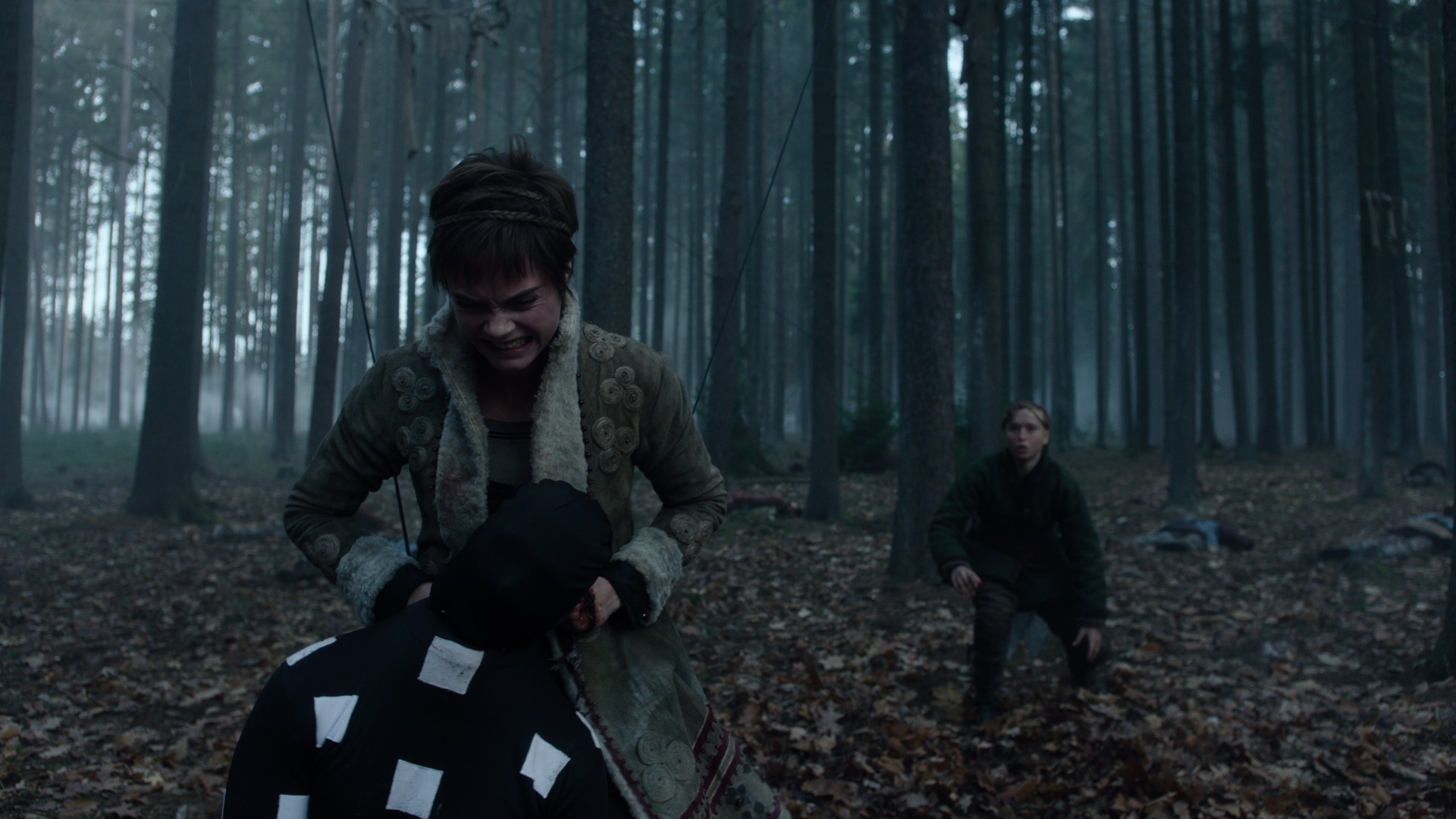
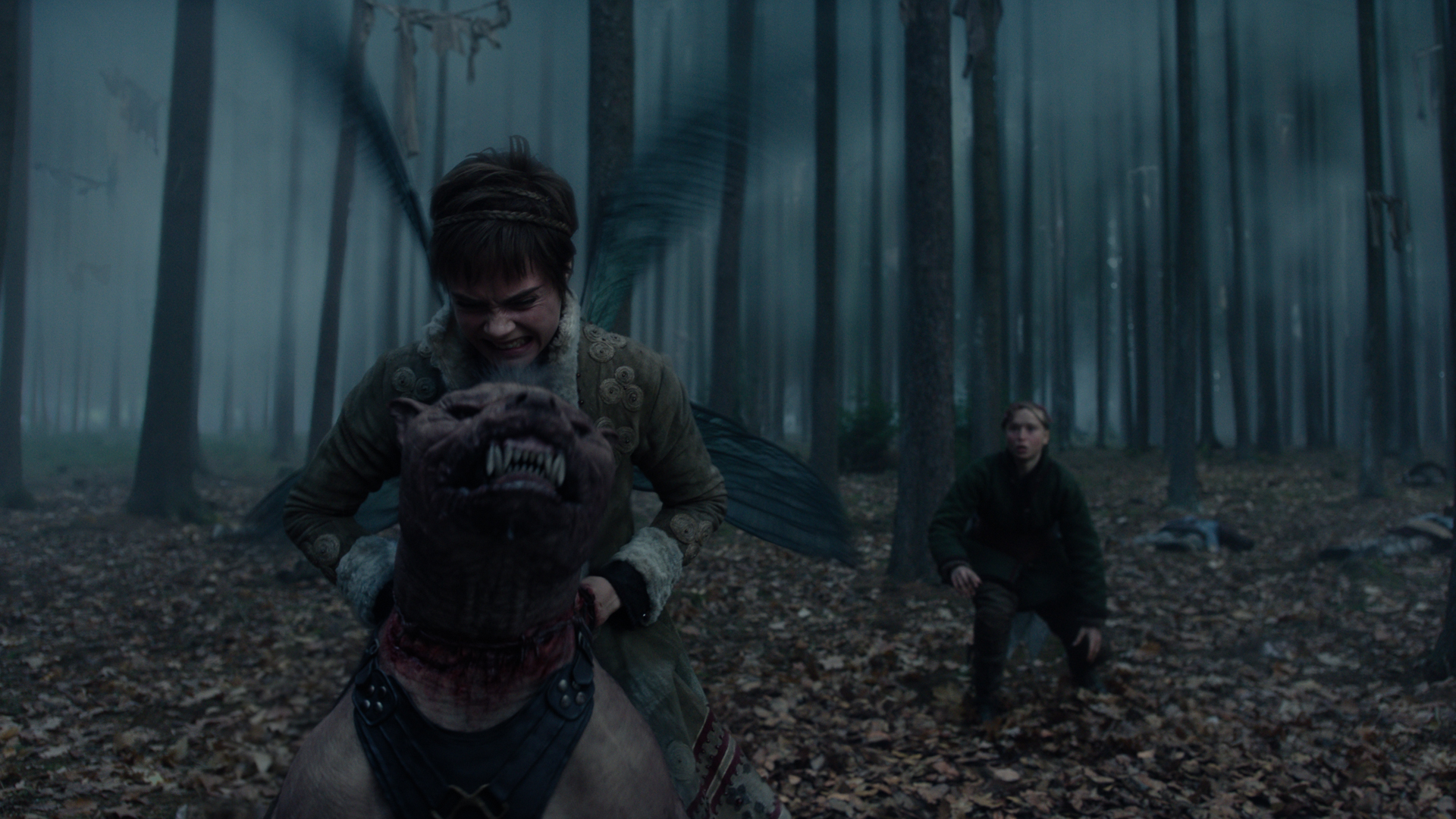
“We used hyenas and Pitbulls as reference material, as the werewolves needed to communicate both brawn and agility in their look and movement,” begins Barry Poon, Asset Supervisor. “We spent a lot of time carving out a face that possessed this blend of litheness and violence. We also added a great deal of detail in texture and displacement work. If you look closely, you’ll see that we varied the skin tones and hairstyles of each werewolf to match those of the actors playing them!”
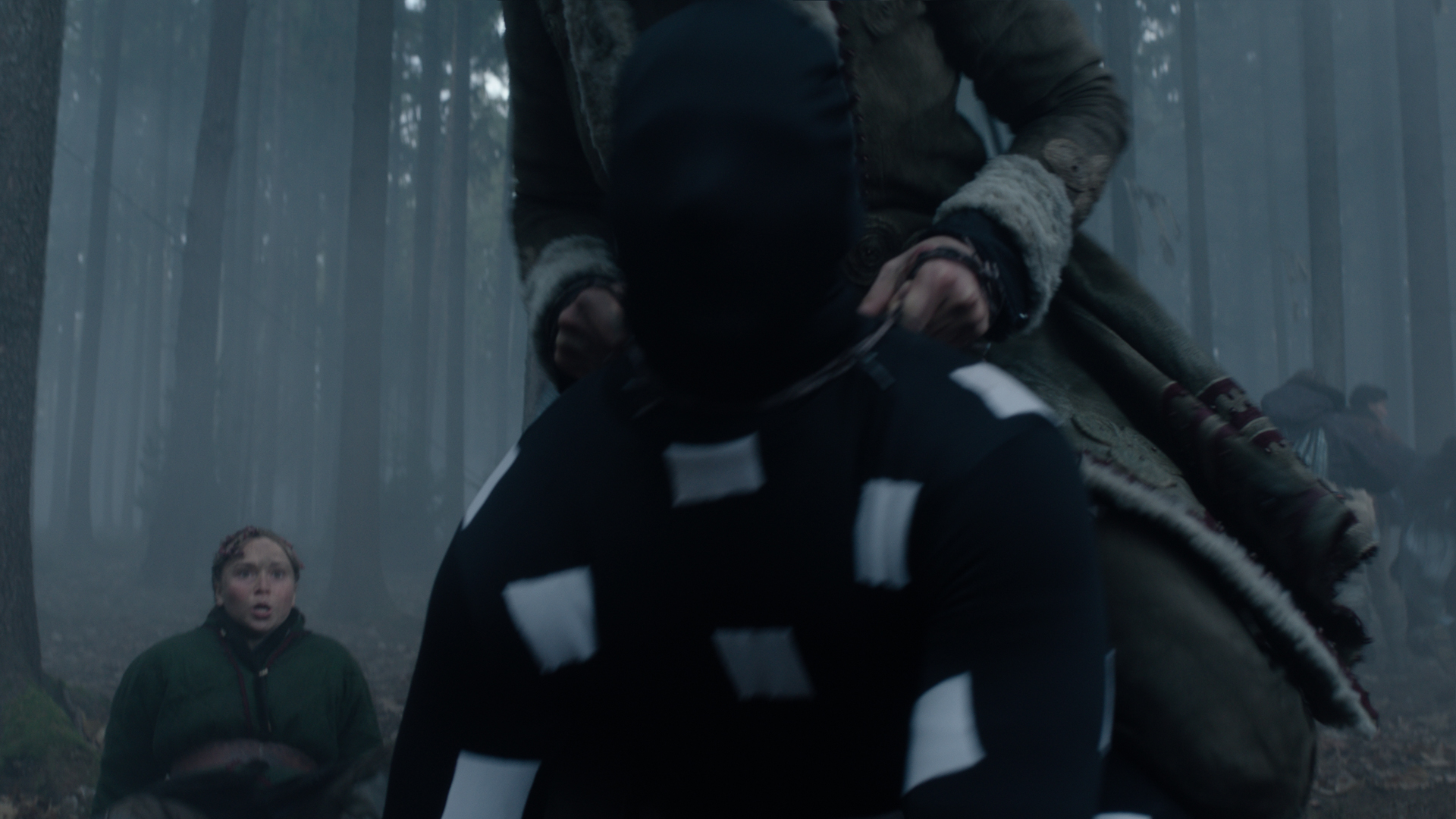
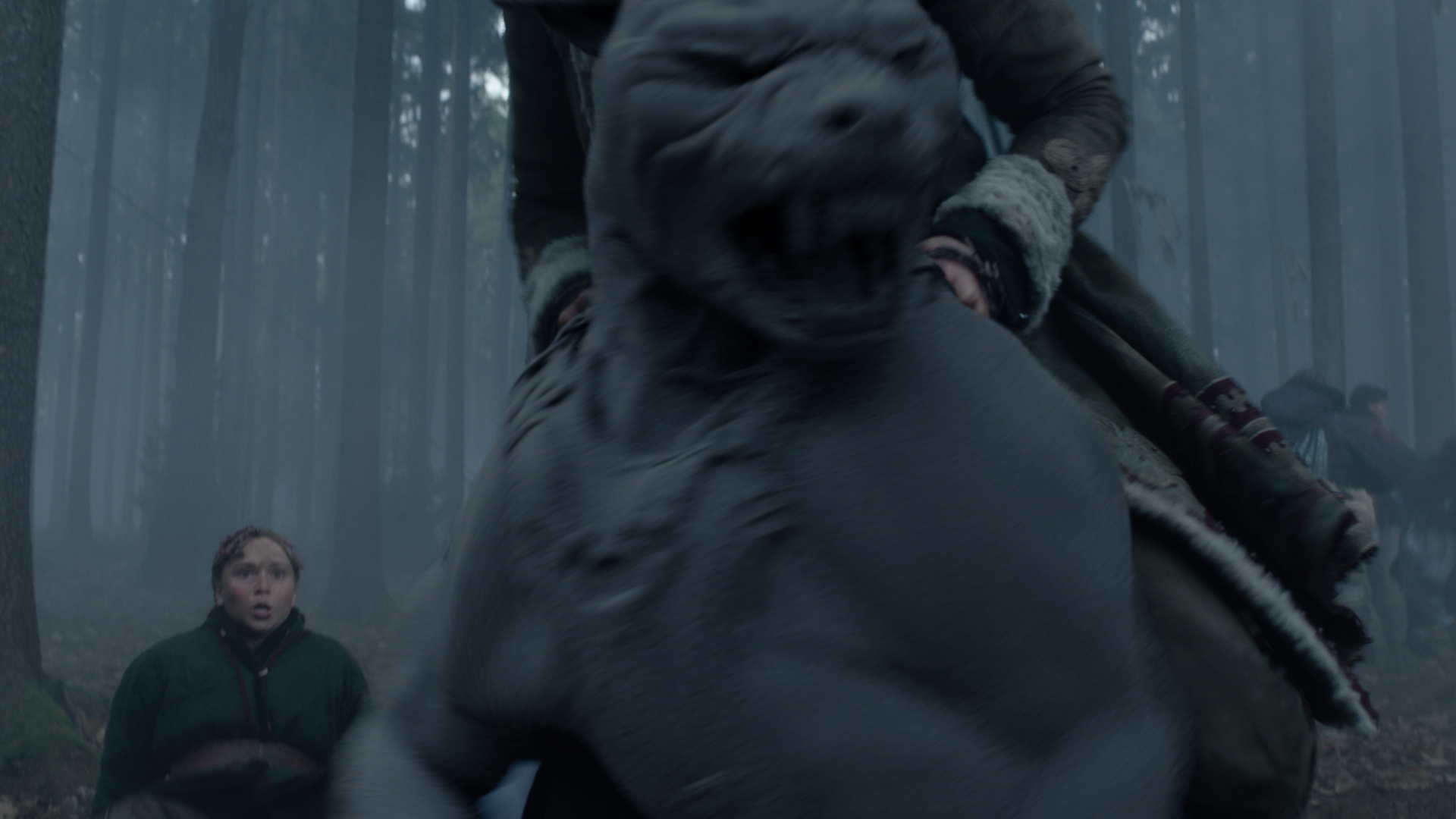
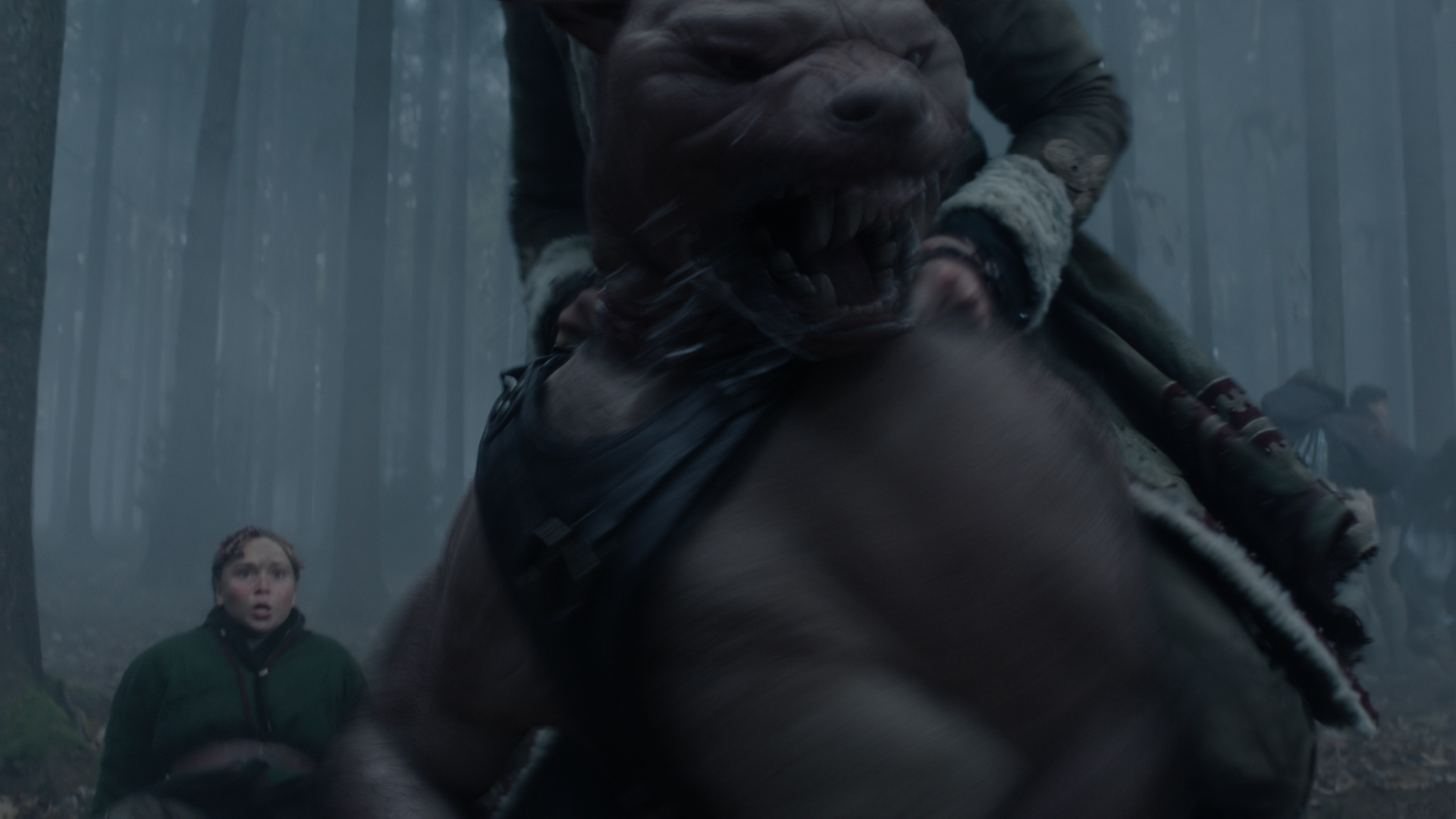
As the creatures were less hairy than one would tend to expect from a werewolf, the creature effects team had their work cut out for them. “You can see much of the wolves’ musculature as they prowl and pounce, so we had to make it look believable,” says Jenn Taylor, Animation Supervisor. “We used a rig-drive muscle setup, with ‘pistons’ on each of the limbs. Depending on the length of the limb, these pistons would inflate or deflate alongside the movement. That gave us a lot of muscle size variation straight out of the rig. We then added tons of blend shapes to define the sculpt of flex shapes across the whole body and ran a skin sliding simulation pass on top of that.”
A transformative experience
Where the animation got really tricky was in the transmogrification of these creatures from human to beast – and back again. Image Engine took responsibility for two sequences: one that sees Philo’s soldier compatriot painfully contort into his werewolf form, and another that sees a partially devolved werewolf shrink back into its smaller human configuration.
“We didn’t actually know what the transformation was going to look like when we started work – we hadn’t received any plates!” says Robin Hackl, VFX Supervisor. “Regardless, the team got their heads together and started crafting assets.”
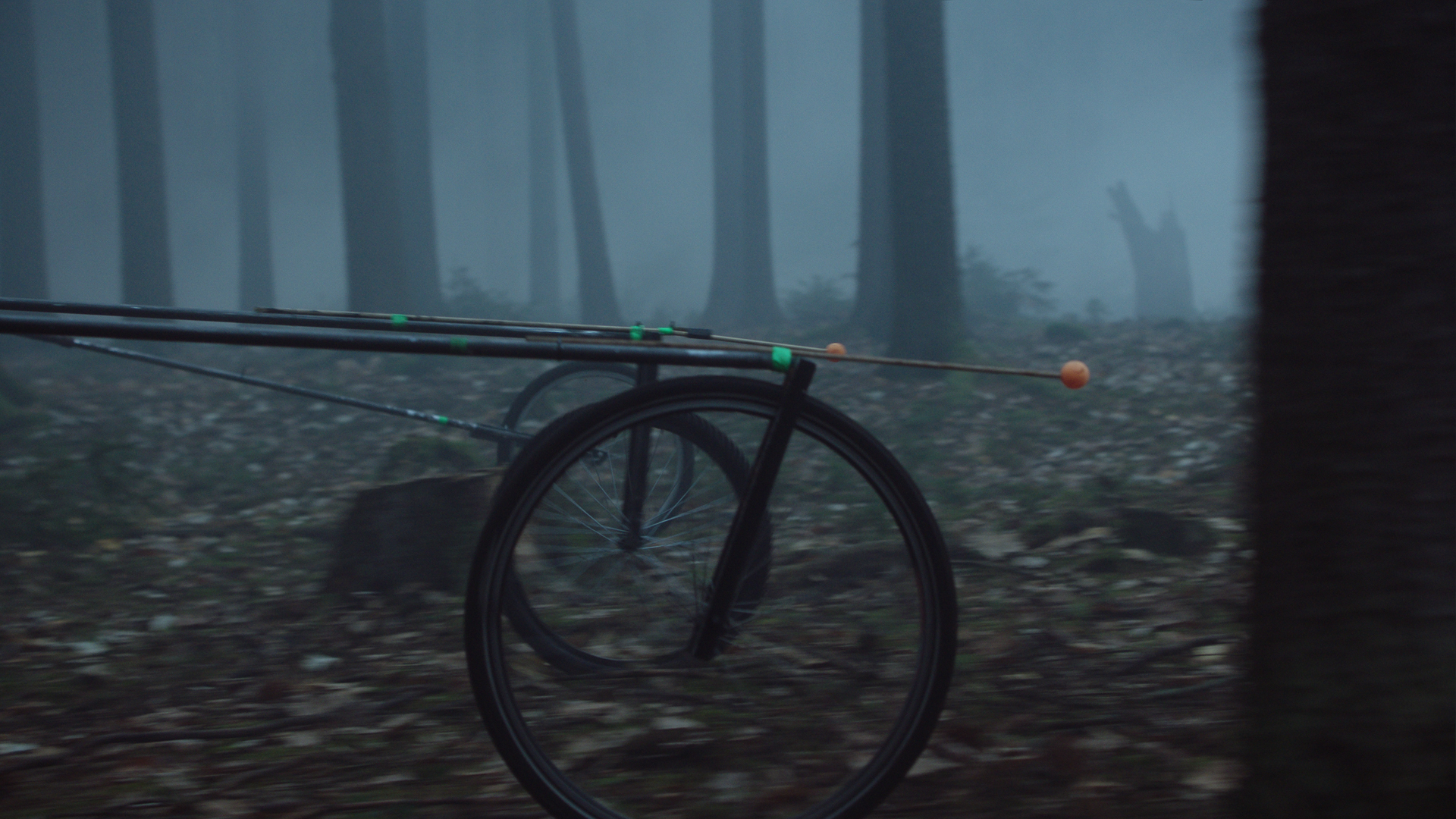
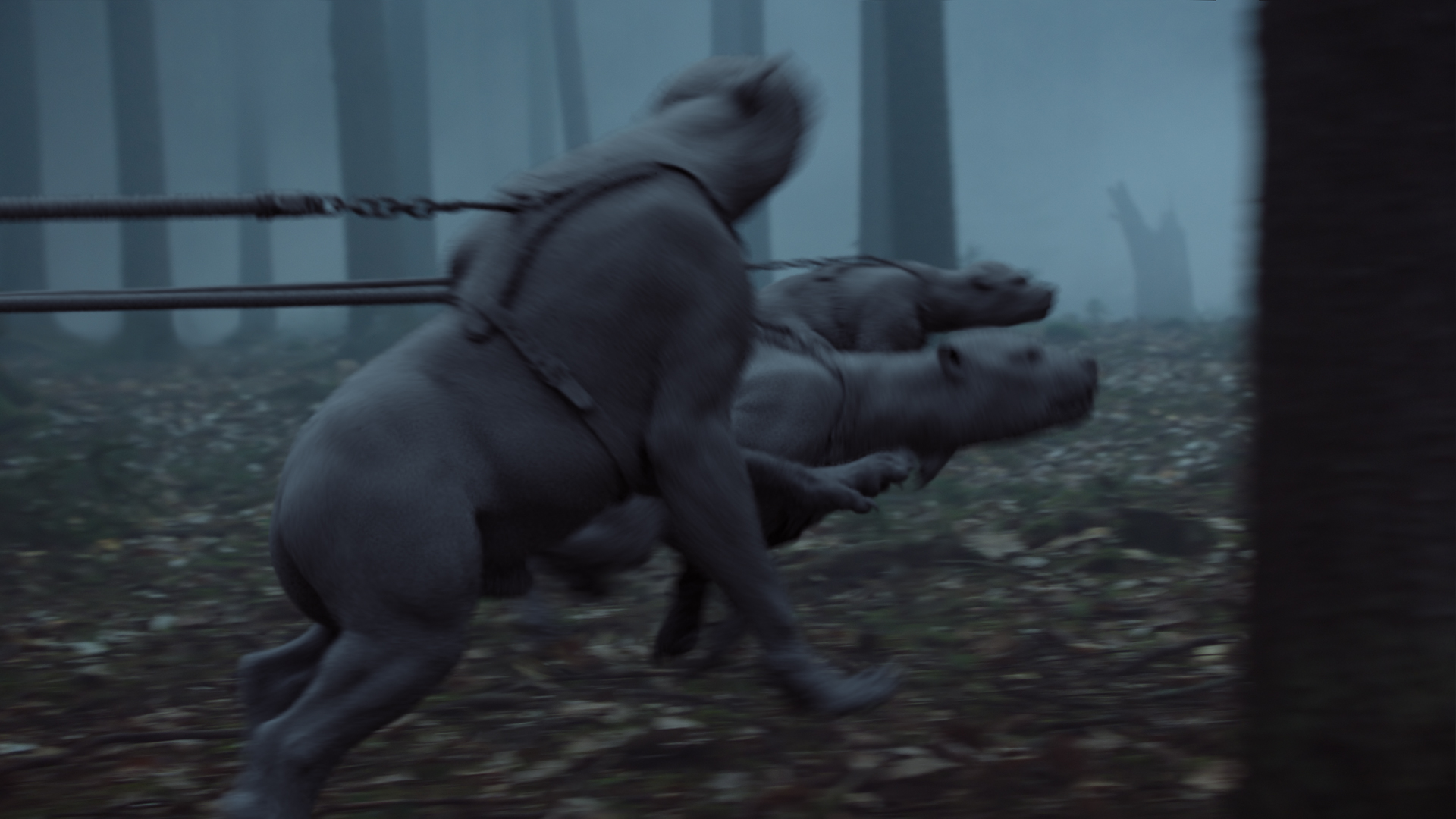
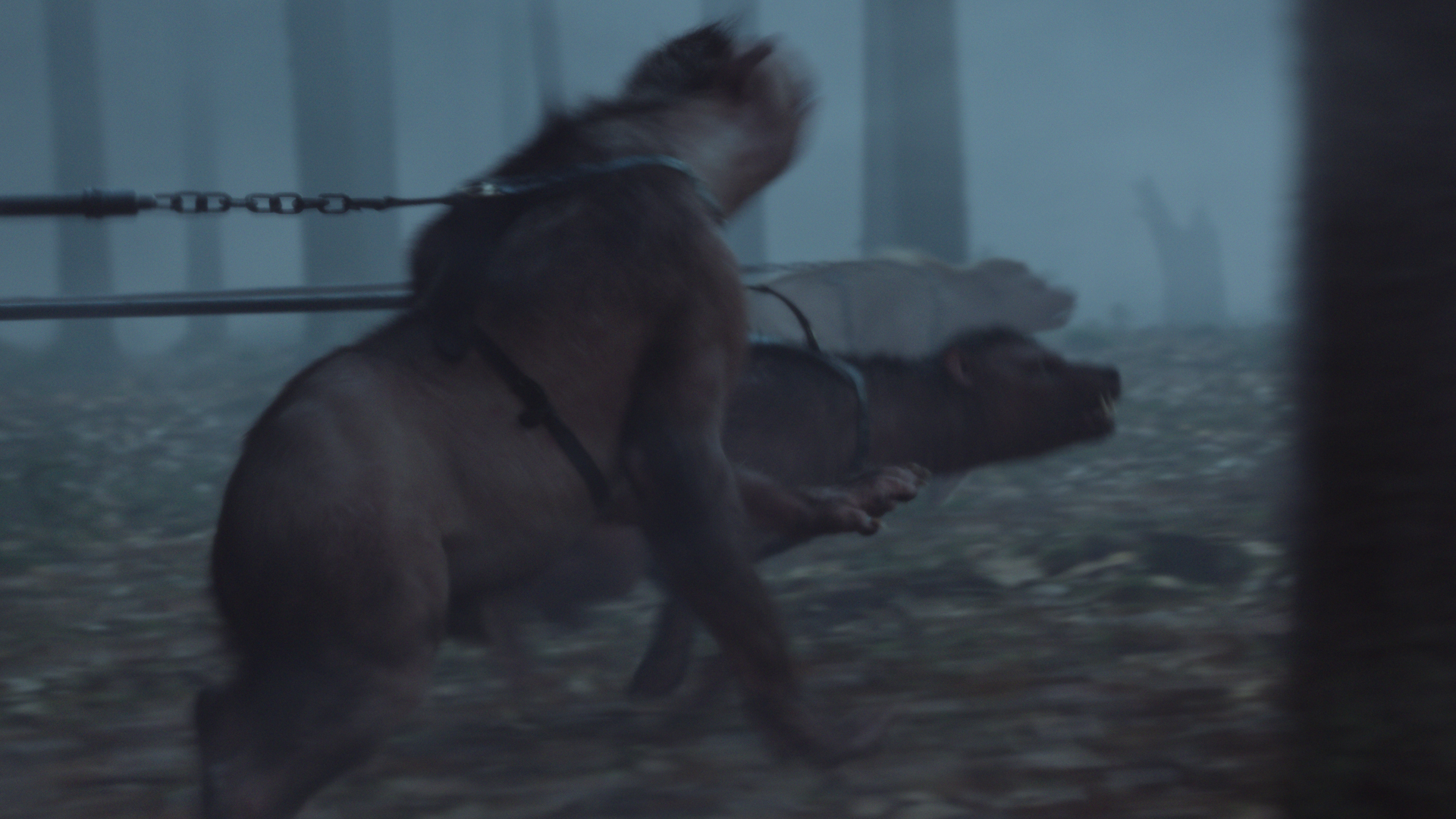
Initially, the transformation was to occur across a one-shot sequence. The production ultimately undertook a more straightforward approach with cuts in the footage – nevertheless, the work carried out with a more continuous edit in mind gave Image Engine a big head start.
“Thanks to that approach we knew the exact “gradients” of each element of the transition; for example, what an arm would look like at 20% transformed,” says Taylor. “We were able to quickly block out options based on the framing of the plate and move through the process at a fast pace.
“We had a bind pose of the human character with their proportions and one of the wolf. We could then animate between those two target shapes. It was a heavy rig, and there were a lot of shapes, but it ensured the transition animation felt like a physiological process and not a computer-generated effect.”
Overall, the werewolves were not without their challenges, but like the pack animals they created, Image Engine took them on as a team. “Beyond animation, we needed to think about complex interaction shots with the actors, such as Vignette riding a werewolf. Many shots also took place in bright, well-lit areas with nowhere to hide,” says Lilian Bravo, Visual Effects Producer.” We pulled out all the stops to make sure these creatures felt well integrated and – most important of all – real.”
Creating the Dark Asher
More hideous than werewolves is Carnival Row’s shadow-stalking golem: the Lovecraftian Dark Asher. Created by upper-class Burguishwoman Piety Breakspear to uncover Philo’s past, the Dark Asher is a necrotic, unfathomable horror. It’s an amalgam of rotting carcasses robbed from both farmyard and myth; part pig, part ogre, part Ctuhlu, its maw of bone surrounded by writhing, pestilential tentacles.
“It was one of the most complex characters we’ve created – that asset alone was a work in progress for over six months,” says Poon.
The difficulty came in the creature’s composite (and decomposing) nature. Image Engine needed to make each mouldering body part feel distinct, while also part of a stitched-together whole.
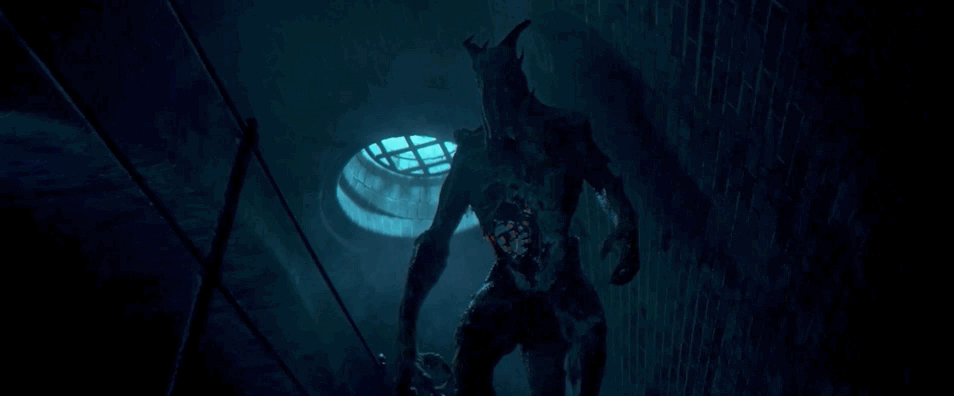
“Even though there were clear signals, like the arms being of different proportions, the different parts and states of putrefaction also had to read clearly in the textures. It needed to feel like a creature pieced together by some evil force, rather than a singular whole,” says Hackl. “We spent a lot of time in concept and lookdev dialling that in, and working to make each element of the Dark Asher completely distinct.”
The challenge was also due in part to the Dark Asher’s pipeline-spanning creative process. “We needed to think about the lighting and making the creature’s distinct parts readable across each shot from a very early stage,” says Poon. “We couldn’t do this with any accuracy until we had got the Dark Asher downpipe and in a lighting environment to make informed decisions. There was a lot of back and forth between lighting and texturing – and even back to modelling – to ensure we landed the look. We weren’t afraid to go to extreme lengths to make sure the Dark Asher felt believable in every shot.”
And every time it was shot, too. In one scene, Philo blasts the beast in its abdomen; viewers can see clearly through the newly resulting orifice, torn guts and all. “We actually built the model inside-out to support this shot,” says Raphael Gaudin, CG Supervisor. “We modelled the bones, a layer of muscle and a layer of flesh. Viewers got to see all the various viscera that make up the Dark Asher!”
Animating the dead
The Dark Asher isn’t a beast with its own volition; Piety controls the cadaverous chimera remotely. As such, animators initially imbued the creature with limp, jerky movements to convey its puppet-like nature. As the production progressed, they added more animalistic, predatory tendencies, increasing the sense of immediate danger alongside the Dark Asher’s eldritch aspect.
“It was a challenging rig,” says Taylor. “We needed to make sure that there weren’t intersections between bones, muscle, and skin, and that each layer moved atop the other realistically. We also had to think about three states – the Dark Asher’s normal state, his wounded one, and his decapitated form.
“The tentacles were particularly fun to animate in that last instance. They’re all hanging limp until the head gets reattached, at which point they flare into life again.”
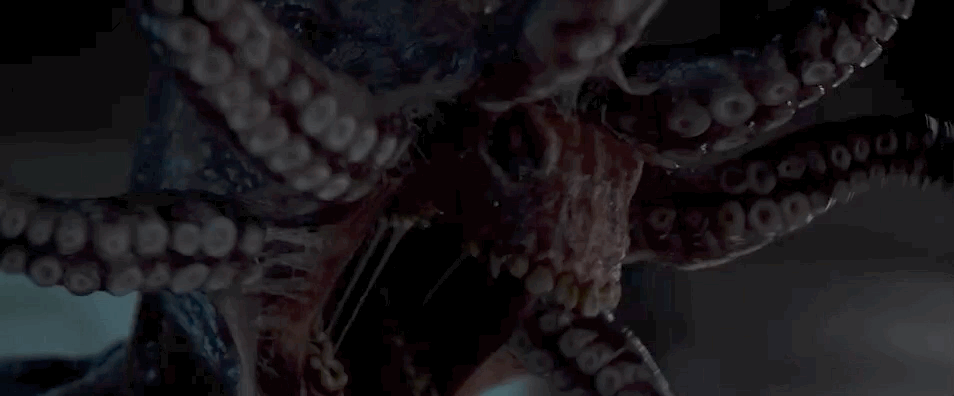
These wet, vermiform appendages were 95% hand-animated by Image Engine. “We initially created a base simulation cycle, but always knew we’d need bespoke animation to display the character’s intention. We added a series of FK chains to each tentacle so we could make them move in whichever way we needed them to, like flaring outwards when the creature roars.”
As with the werewolves, the Dark Asher also presented complications in its integration. “There was a performer in every plate for framing and interaction – so, literally every plate had to go through a process of removing that person,” says Jesus Lavin, Lead Compositor. “Naturally, that accounted to a significant amount of paint work.”
Image Engine has plenty of experience in this regard thanks to District 9, where the majority of plates required the removal of actors portraying the “Prawns”. The interactions in Carnival Row were often trickier, however. “Some were quite extreme, such as when Philo and the Dark Asher are wrestling,” says Lavin. “We needed to do a lot of restoration of the plate and background, but also a Philo himself. There was a lot of technical, intricate clean up involved to ensure that viewers felt the physical threat of the situation.”
Getting your wings
Image Engine didn’t just create creatures for Carnival Row’s mythical bestiary. It also added a touch of magic to the show’s protagonist and antagonist alike.
In the case of Vignette, Image Engine was responsible for ingesting wing assets from another vendor, then realistically attaching them to Cara Delevingne across several shots. “It was a heavy job for matchmove; the team had to solidly lock those wings to the movement of the actor for them to feel real,” says Hackl. “Adding to the challenge was the fact that Vignette wears a lot of costumes, but we only had one scan. There was a lot of work involved in tweaking the placement to make sure the wings worked in all instances. Compositing did an amazing job.”
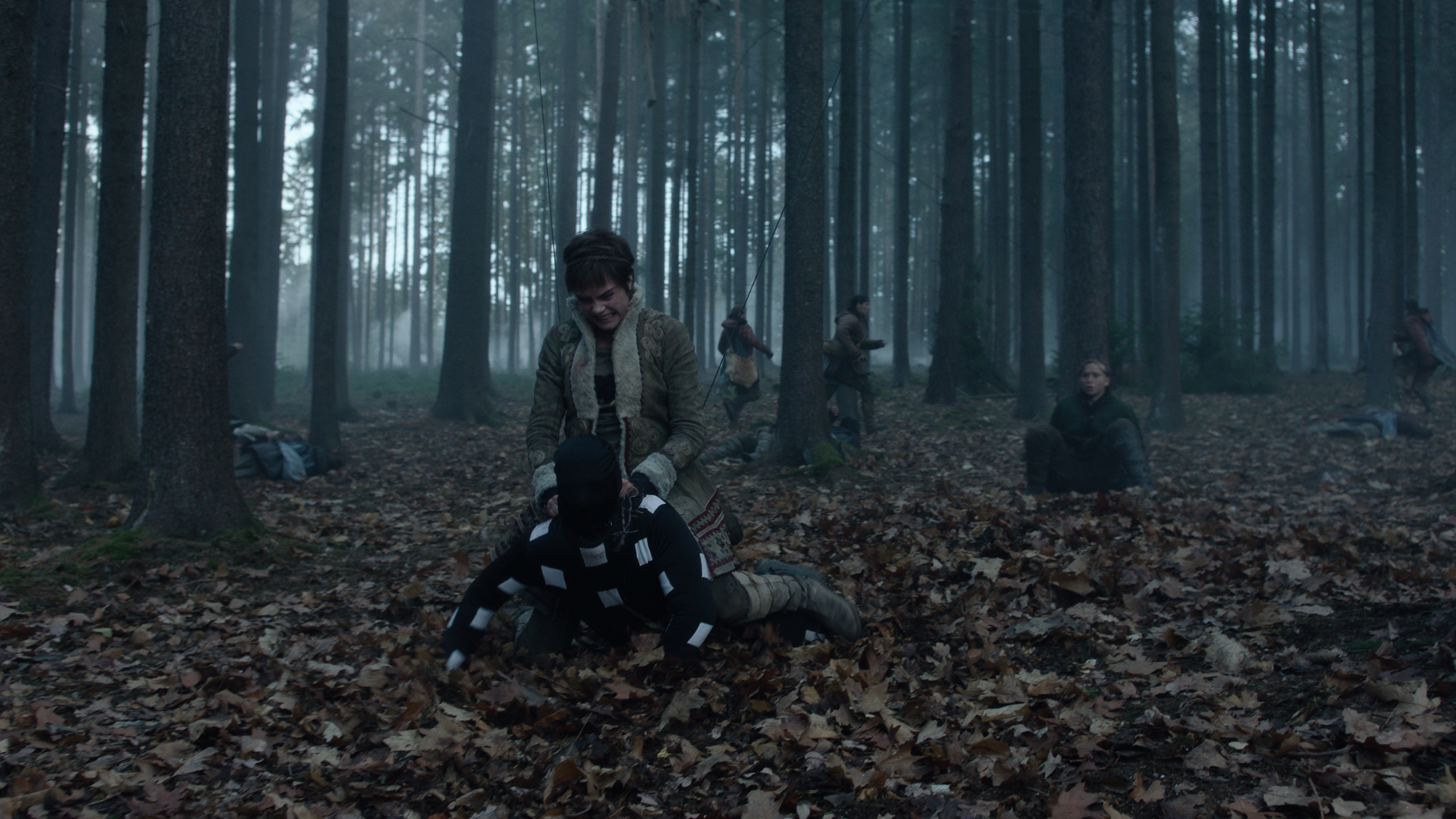
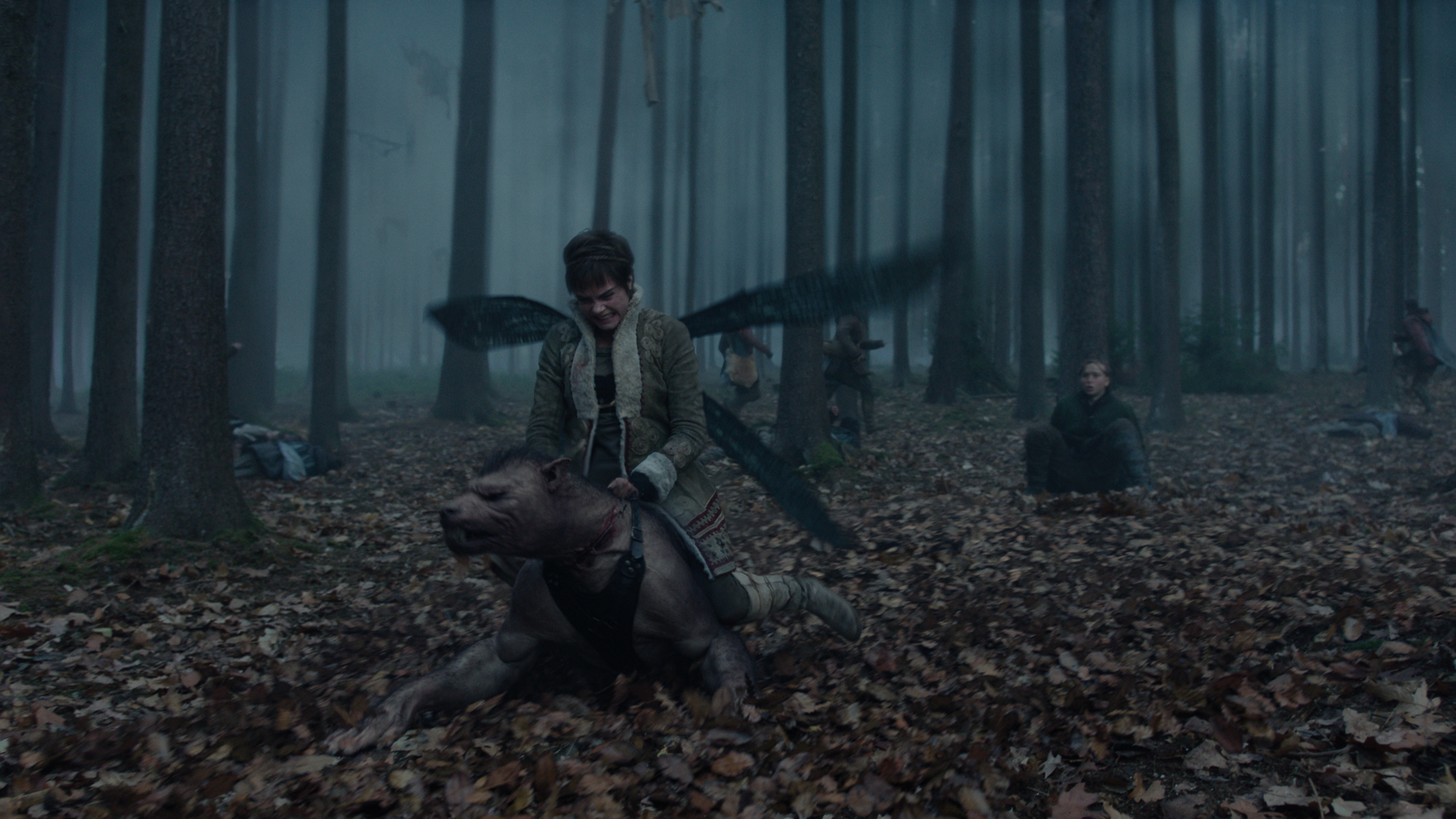
The wing animation, meanwhile, required a blend of physiological believability with something of a more fantastical nature. “The production described the wings as being similar to eyebrows,” says Taylor. “They needed a mix of the physicality and mechanics requires of flight, but they also needed to emote. You often see that the wings mimic the emotions of the character in their intensity of movement.”
Piety Breakspear required another treatment – 20 shots of 2D eye comps, used when the character channels her psyche into the Dark Asher. “The eyes were rendered 3D assets with an animated texture that mimicked the look of worms, or a lava lamp movement beneath the eye,” says Gaudin. “A larvae lamp effect, I guess you could say!”
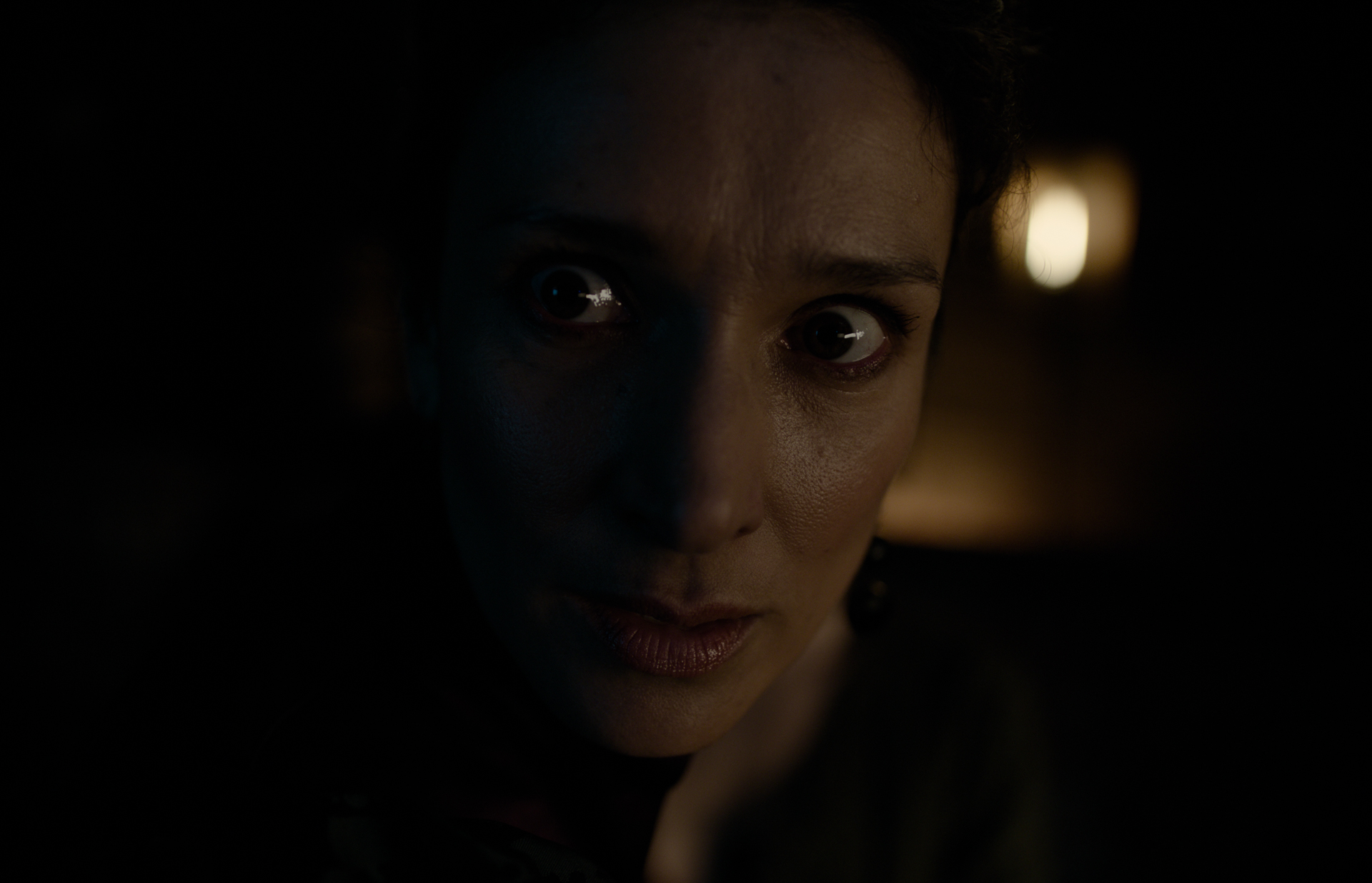
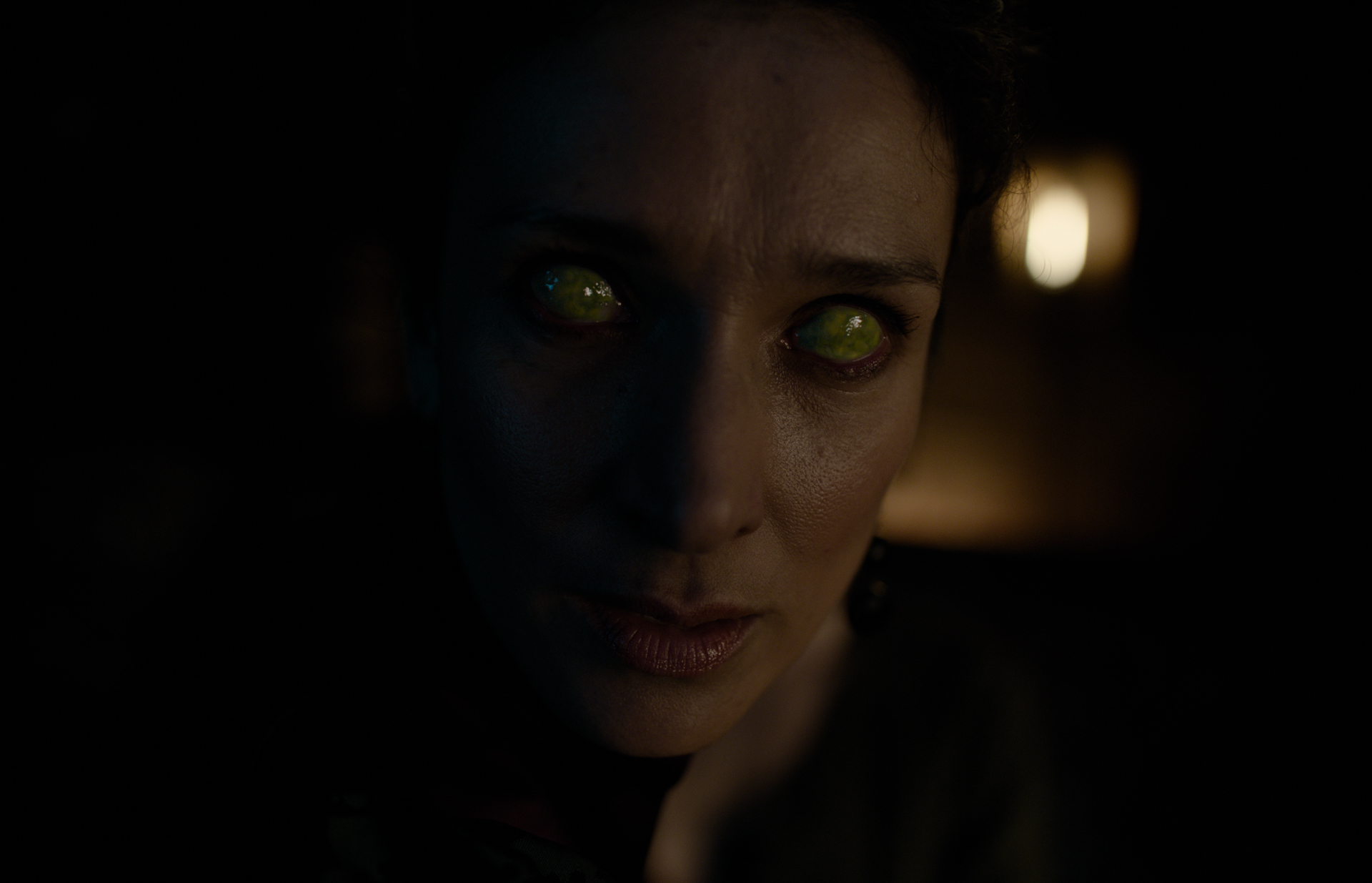
Building Carnival Row
Image Engine’s final contribution to the world of Carnival Row was in building out Piety’s subterranean lair.
“There was an empty void in the ceiling, which housed a grid of light works that the gaffers could access. We extended that out to add more of the set,” says Hackl. “We also performed extensive cleanup work in the tunnel systems, such as replacing a channel that was carved out by the production to house a camera rig.”
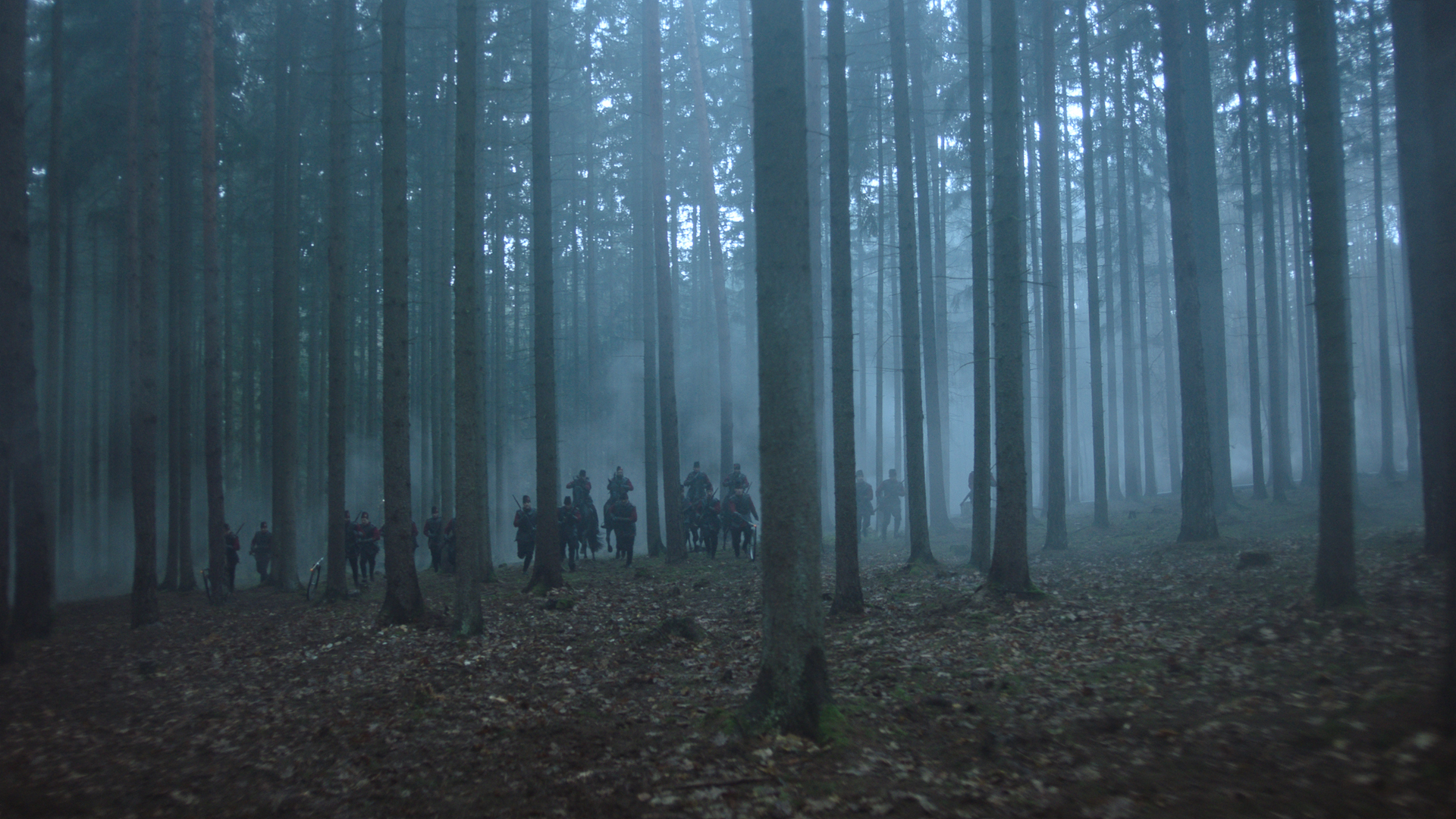
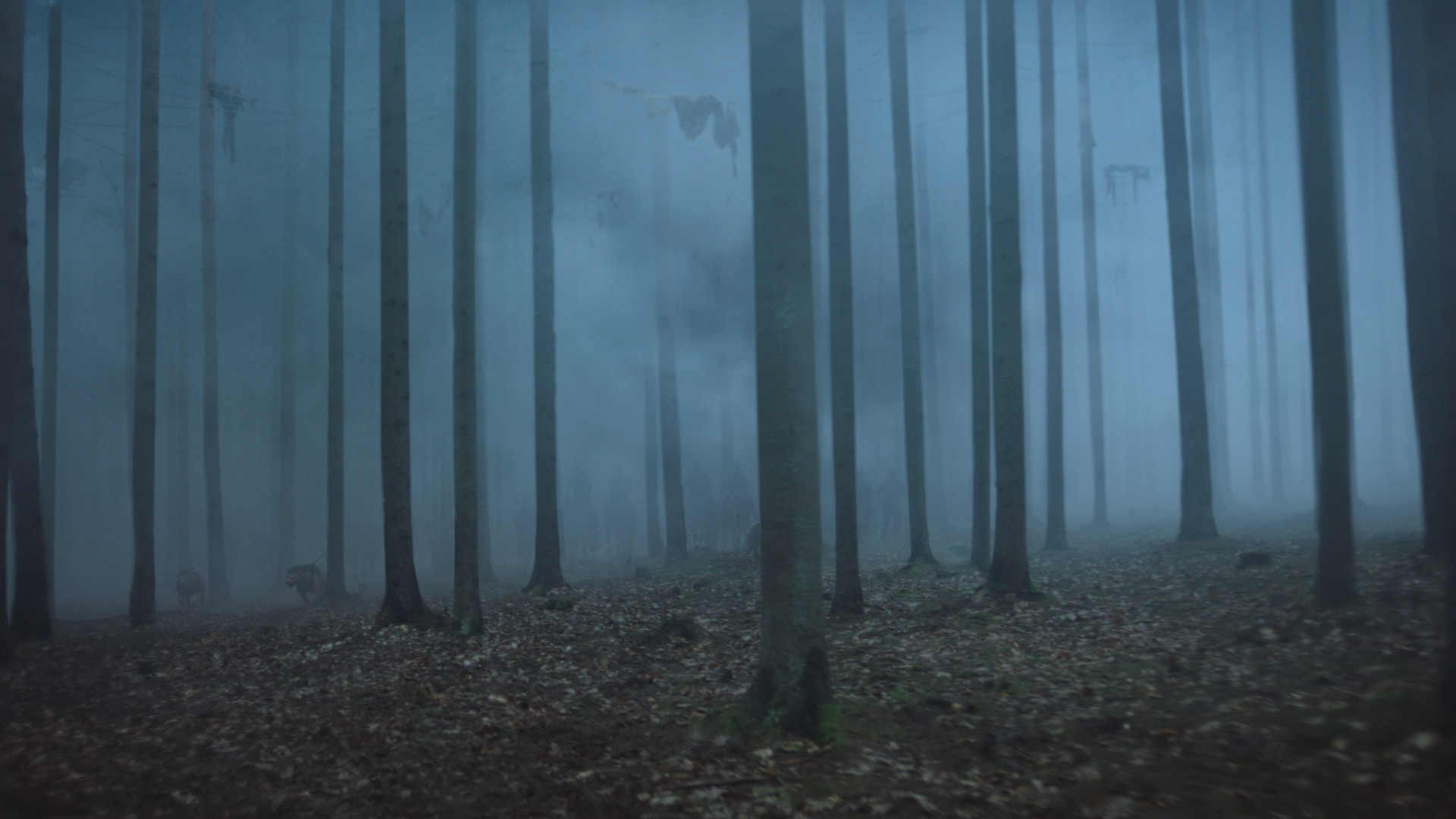
The werewolf-infested forest from earlier episodes also required extensive environment work. “The plates featured clean backgrounds filmed on a bright, clear day,” says Hackl. “We brought some atmosphere into the scene in the form of fog. Having the trees recede into that fog in the background of the plate was complicated work, but necessary. It gave those scenes the dark, mysterious mood that the narrative required.”
A new television landscape
Carnival Row sits proudly alongside shows like Game of Thrones, Lost In Space, and more in proclaiming a new, bolder form of television. Leaders in the streaming space are willing to spare little expense in entertaining their viewers. Each new show brings a broader narrative scope, a higher quality bar and a range of visuals that we’ve previously associated with the cinema screen alone.
“It’s so exciting to work in this new landscape,” says Bravo. “Admittedly, television comes with tighter deadlines, and the quality expectations are always on the rise. Nevertheless, we at Image Engine see massive value in chasing this kind of work. We know that we have the tools, technology and experience to execute this work within expedited schedules and deliver the same level of detail as we do in our feature film work.
“But it’s not just about our R&D process,” she concludes. “Shows like Carnival Row are an opportunity to explore imagination; to play our part in creating new and exciting viewing experiences for people all across the globe. It’s a fascinating time for television, both in the content produced and the technology used to deliver it. We can’t wait to dream up more new creatures and worlds for the people watching at home.”


